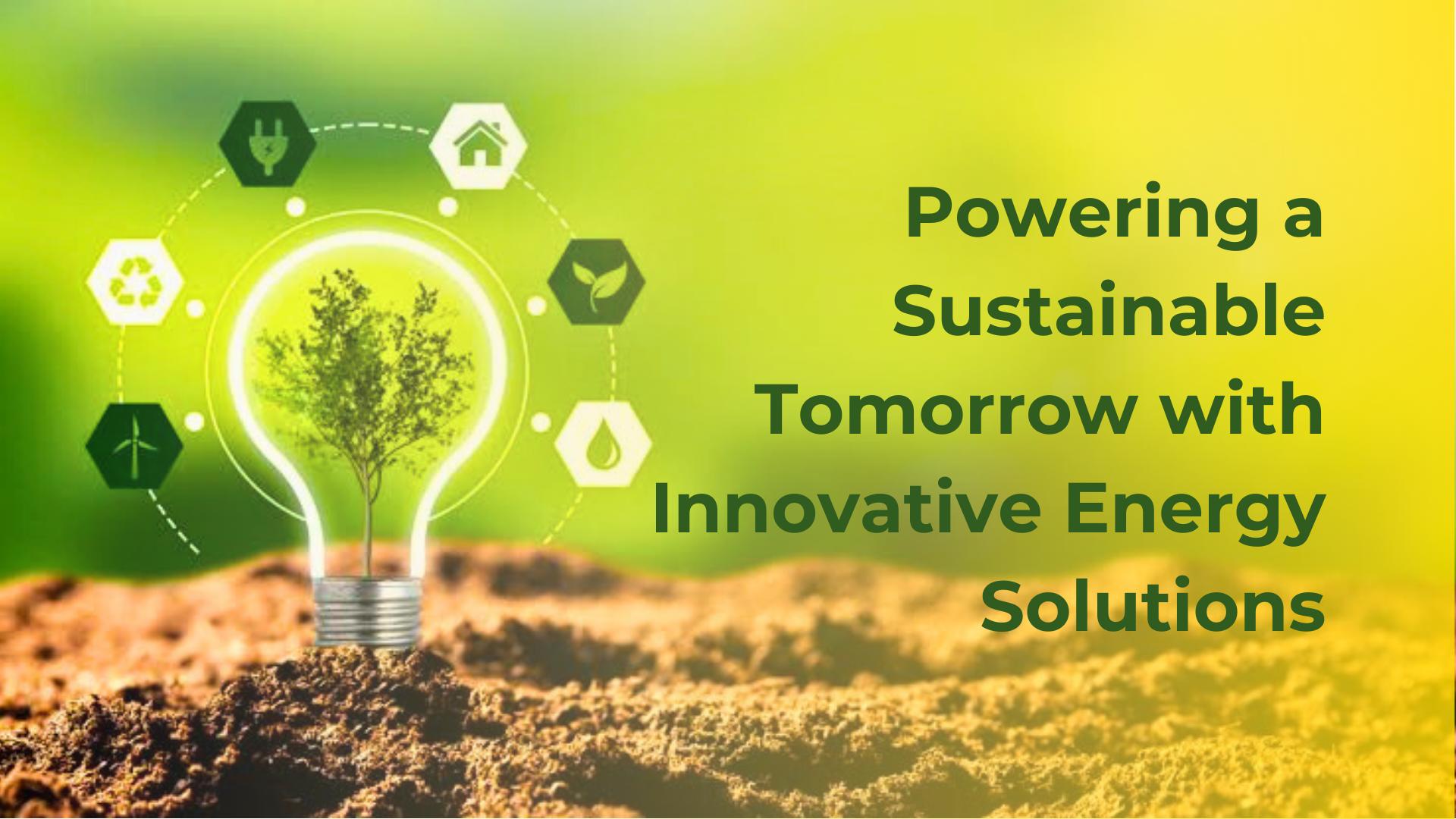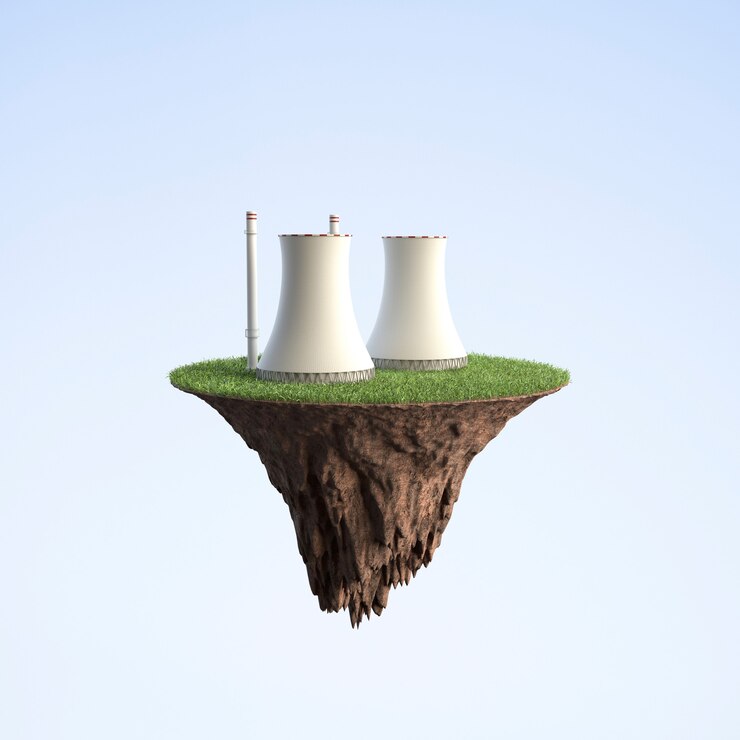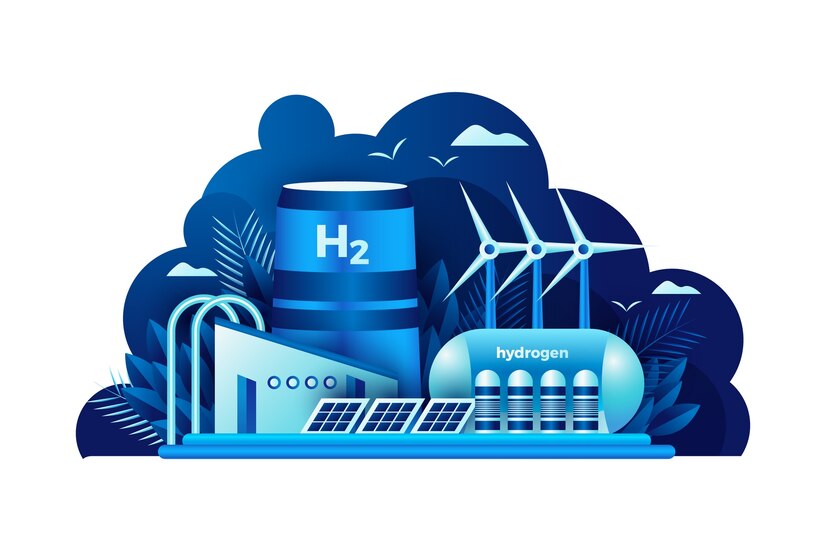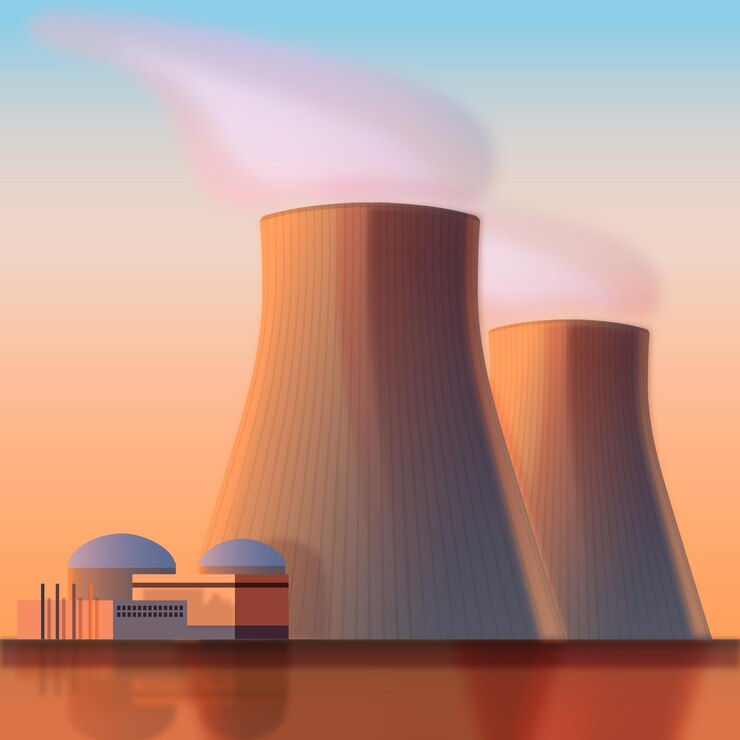FOSSIL FUEL
Fossil fuels, including coal, oil, and natural gas, are energy sources formed from the decomposed
remains of ancient plants and animals over millions of years. They are widely used for electricity
generation, transportation, and industrial processes. However, their combustion releases greenhouse
gases, making the transition to cleaner alternatives essential for mitigating climate change.
NUCLEAR ENERGY
Nuclear energy is the energy released from atomic nuclei during nuclear fission or fusion
processes. It is used primarily for electricity generation in nuclear power plants, offering a
low-carbon alternative to fossil fuels. While it provides a reliable and potent energy source,
concerns about radiation, waste disposal, and safety remain significant challenges.











